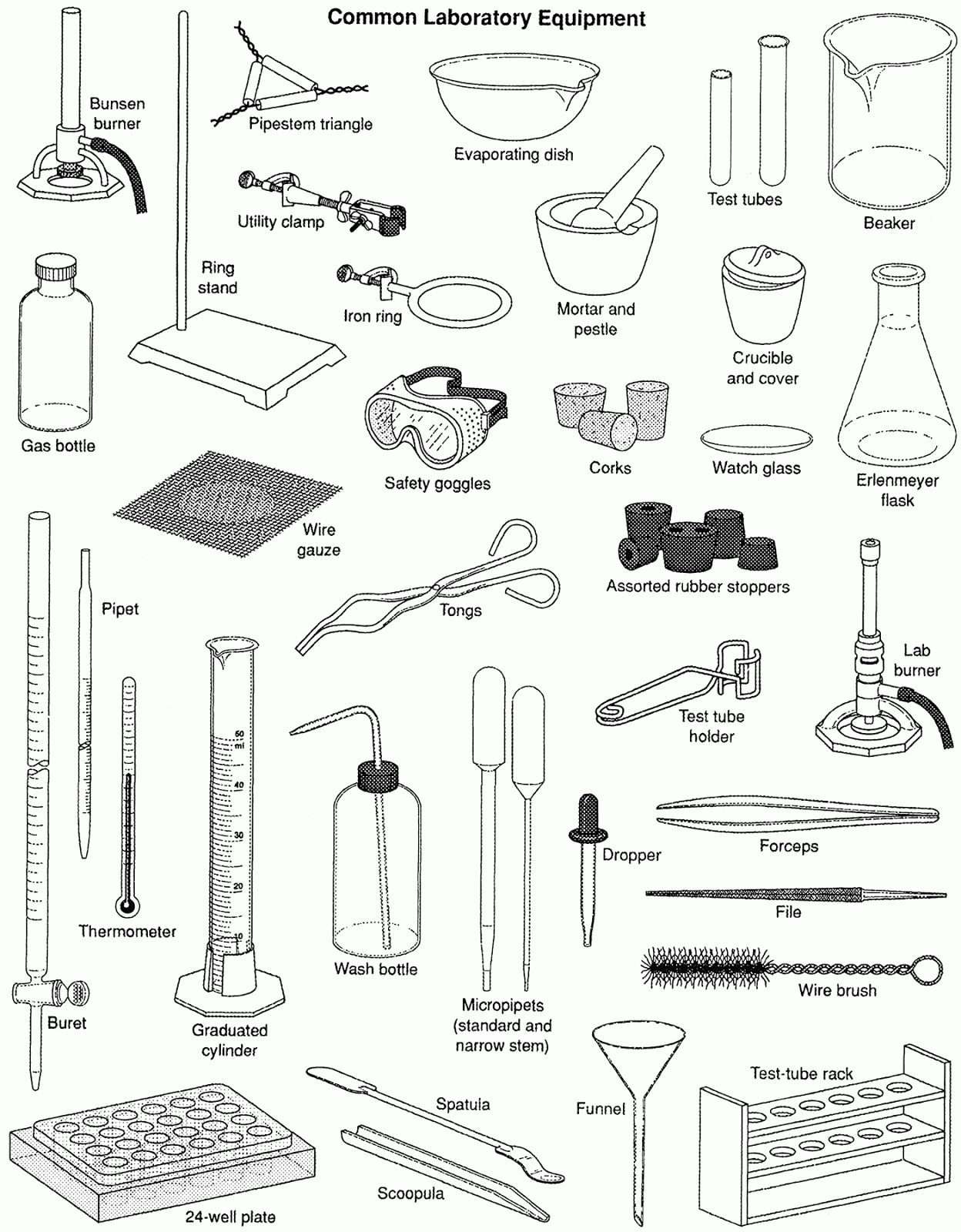In any scientific endeavor, the importance of proper lab equipment cannot be overstated. It serves as the backbone of research and experimentation, enabling scientists to conduct their work with precision and accuracy. Understanding the various lab equipment names is crucial for anyone involved in scientific fields, from students to seasoned professionals. As technology advances, so too does the complexity and variety of equipment available, making it essential to stay informed about the tools of the trade.
From basic glassware to sophisticated instruments, the world of laboratory equipment is vast and varied. Each piece of equipment plays a specific role in the experimental process, often tailored to specific types of analysis or experimentation. Knowing the names and functions of these tools can not only enhance your understanding but can also improve the efficiency and effectiveness of your work. In this article, we will delve into the various lab equipment names, their uses, and how they contribute to scientific discovery.
Whether you're an aspiring scientist or a professional in the field, familiarizing yourself with lab equipment names can empower you to navigate the laboratory environment with confidence. This knowledge is not only beneficial for practical purposes but also essential for effective communication among peers in the scientific community. So, let's explore the world of lab equipment and discover the names you need to know!
What Are the Most Common Lab Equipment Names?
When entering a laboratory, you might be overwhelmed by the array of tools and instruments at your disposal. Here are some of the most common lab equipment names you should be familiar with:
- Beakers
- Flasks
- Pipettes
- Burettes
- Petri Dishes
- Test Tubes
- Balances
- Centrifuges
What Is the Purpose of Each Lab Equipment Name?
Understanding the purpose of each piece of lab equipment is essential for effective experimentation. Below, we will discuss the function of some common lab equipment names:
1. Beakers
Beakers are cylindrical glass containers used for mixing, heating, and holding liquids. They are available in various sizes and are typically marked with measurement lines for easy reading.
2. Flasks
Flasks, including Erlenmeyer and volumetric flasks, are used for precise mixing and measuring of liquids. Their unique shapes allow for easy swirling and prevent spillage.
3. Pipettes
Pipettes are essential for transferring small volumes of liquid accurately. They come in various types, including graduated and micropipettes, catering to different measurement needs.
4. Burettes
Burettes are used for dispensing precise volumes of liquid in titrations, allowing for accurate measurement of reactants in chemical reactions.
How Do You Use Lab Equipment Names Effectively?
To maximize the effectiveness of your lab work, it’s crucial to not only know the names of lab equipment but also how to use them properly. Here are some tips for effective usage:
- Familiarize yourself with each piece of equipment before use.
- Always follow safety protocols and guidelines.
- Maintain cleanliness and proper care of lab equipment.
- Seek assistance if you are unsure how to operate a specific tool.
What Are Some Advanced Lab Equipment Names?
As research progresses, advanced lab equipment becomes increasingly important. Here are a few advanced lab equipment names worth noting:
- Centrifuges
- Spectrophotometers
- Chromatographs
- Microscopes
Why Is It Important to Learn Lab Equipment Names?
Learning lab equipment names is crucial for several reasons:
- Enhances communication with colleagues in the lab.
- Facilitates understanding of experimental procedures.
- Improves efficiency in performing experiments.
- Ensures safety by adhering to proper usage guidelines.
What Are the Benefits of Properly Using Lab Equipment?
Properly using lab equipment comes with numerous benefits, including:
- Increased accuracy in experiments.
- Reduced risk of contamination.
- Enhanced reproducibility of results.
- Safer laboratory environment.
Conclusion: Mastering Lab Equipment Names
In conclusion, mastering lab equipment names is an essential aspect of working in any laboratory setting. From basic glassware to advanced instruments, knowing the names and functions of these tools can significantly enhance your scientific capabilities. Whether you're conducting experiments, collaborating with peers, or sharing findings, familiarity with lab equipment names will empower you to communicate effectively and work efficiently.
As you continue your journey in the world of science, remember to stay updated on new lab equipment names and technologies. The landscape of research is ever-evolving, and being informed will ensure you remain at the forefront of scientific discovery.
Unveiling The Magic Of Casual Chappel Lyrics
Unbreakable Bonds: Quotes On Together Forever
Unveiling The Enigma: The Blacklist Tom Actor


